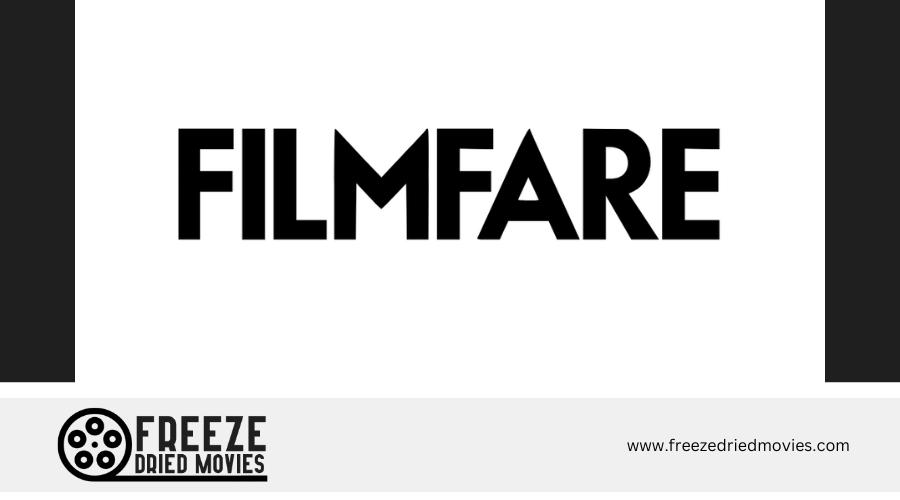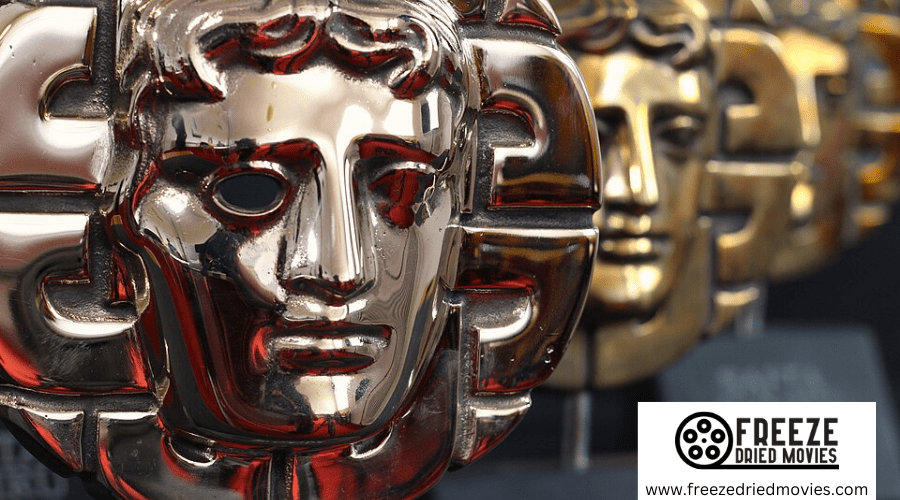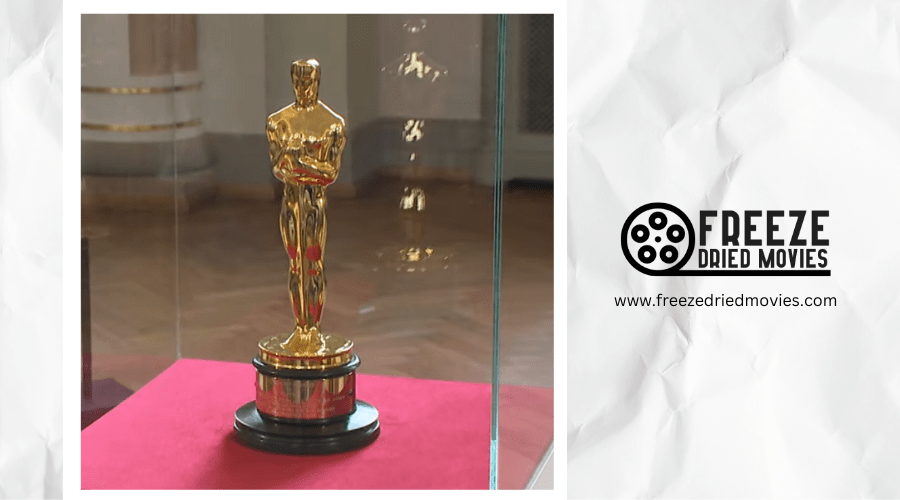Matthew Libatique: How Color and Chaos Define His Iconic Film Style

Matthew Libatique's cinematography thrives on controlled chaos. You'll notice his use of line diagrams to map emotional arcs and color flow, creating deliberate visual journeys. He puts you inside characters' minds through subjective camera work and innovative techniques like SnorriCam. While meticulously prepared, he embraces on-set improvisation and transforms technical "mistakes" into signature style elements. His approach balances structure with spontaneity, turning visual risks into cinematic language that defines his iconic films.
Key Takeaways
- Libatique creates controlled chaos through meticulous preparation that paradoxically enables spontaneous, creative cinematography.
- His signature line diagrams map emotional and color arcs throughout films, guiding intentional visual storytelling.
- He pioneers subjective POV techniques that immerse viewers in characters' psychological experiences rather than objective observation.
- Libatique embraces technical "mistakes" like pointing cameras into light sources, transforming flaws into distinctive visual elements.
- His approach balances structured planning with improvisational freedom, creating a revolutionary cinematographic style.
Embracing Creative Chaos in High-Stakes Filmmaking
Paradoxically, Libatique's mastery of cinematic chaos stems from his minimalistic and orderly approach. Rather than allowing film sets to descend into disarray, he creates environments where creativity flourishes through meticulous preparation. You'll notice his distinctive visual storytelling emerges from extensive communication and information management that tames the inherent unpredictability of high-level cinematography.
Libatique's philosophy centers on the belief that thorough preparation enables spontaneity—whether maneuvering tight spaces with a hand-held camera or making split-second decisions about camera movement. This preparedness extends from set to post-production color grading suite, where his vision continues to evolve. His work follows in the tradition of early filmmakers who revolutionized the industry with three-strip Technicolor techniques that transformed visual storytelling possibilities. By maintaining a collaborative and creative environment, he guarantees everyone shares understanding of the film's direction while remaining adaptable to last-minute inspirations.
His sound design and visual choices reflect this balance between structure and improvisation.
The Art of Line Diagrams: Mapping Tone and Color Flow
The meticulous line diagrams that Libatique creates serve as his personal roadmap for traversing a film's emotional terrain through visual language. You won't see these diagrams on set, but they're essential to his process—evolved from student cheat sheets into sophisticated tools for mapping tonal arcs and color flow throughout a narrative.
These diagrams provide Libatique a non-emotional framework to break down scripts, particularly helpful when collaborating with mathematically-minded directors like Aronofsky. Rather than focusing solely on technical execution, they allow him to thoughtfully consider emotional arcs and visual risk-taking opportunities.
Libatique's diagramming technique exemplifies his commitment to intentional camera placement and innovative color use, ensuring each film receives its own carefully considered visual identity before a single frame is shot. Much like the pioneers of three-strip Technicolor in the 1930s, Libatique's approach to color serves to convey emotions and enhance narrative depth beyond mere aesthetic appeal.
Subjective POV: Putting Viewers Inside Characters' Experiences
While line diagrams map Libatique's visual strategy on paper, his mastery of subjective point-of-view cinematography brings these plans to life inside characters' minds.
You'll notice this most powerfully in "Requiem for a Dream," where Libatique's camera moves beyond mere observation to become an extension of the character's psyche. His collaboration with Darren Aronofsky yields innovations like the SnorriCam, creating a disorienting first-person perspective that pulls you into the protagonists' fragmented reality. The claustrophobic framing doesn't just show addiction—it makes you feel trapped within it.
Through rapid editing and intimate angles, you're not watching characters spiral downward; you're spiraling with them. Libatique rejects detached observation, instead forcing you to empathize with increasingly unstable mental states, making his visual storytelling profoundly immersive rather than merely descriptive. Much like Hitchcock's manipulation of suspense in Psycho, Libatique transforms the viewing experience into a visceral psychological journey that challenges audience expectations.
Balancing Meticulous Preparation With On-Set Improvisation
Beneath Libatique's visually striking cinematography lies a fascinating contradiction between exhaustive planning and spontaneous creativity. His approach to every piece begins with breaking down the narrative structure and establishing a clear visual language that the entire crew understands. This meticulous preparation actually enables the immersive quality and fluid tracking shots that define Libatique's cinematography.
His balanced methodology includes:
- Extensive screenplay analysis while preferring shorter pre-production periods
- Close collaboration with assistant director and camera team to address organizational elements
- Creating an environment where his team knows how to move the camera even when plans change
As both filmmaker and colorist, Libatique believes over-preparation creates freedom for on-set improvisation, allowing him to respond to unexpected moments while maintaining his distinctive visual style. His approach to visual storytelling echoes the revolutionary impact that frame-by-frame precision brought to film editing through the introduction of the Moviola.
Visual Risk-Taking: When "Mistakes" Become Signature Style
Many cinematographers endeavor for technical perfection, but Libatique's most iconic visual moments often emerge from what others might consider mistakes. You'll notice his visually stunning sequences often result from embracing "mistakes" rather than avoiding them.
When he points the camera directly into light sources for Venom's excessive horizontal flares or shoots with high-contrast reversal film for Pi, he's deliberately making the audience feel something visceral through technical choices others might avoid. His work offers a masterclass in visual risk-taking—whether it's the actor-focused POV in Requiem For A Dream or his unconventional lighting approaches.
In an industry saturated with filmmakers, Libatique stands apart by creating tangible effects through gear experimentation rather than post-production tricks. His willingness to take creative risks transforms technical "flaws" into signature elements that define his distinctive cinematography.
From "mother!" to "Requiem": Evolution of a Visual Language
Although released nearly two decades apart, "mother!" and "Requiem for a Dream" showcase Libatique's remarkable evolution as a visual storyteller while maintaining his core aesthetic principles. Matthew Libatique's cinematography creates visceral experiences where every frame matters, much like Spike Lee's "Do the Right Thing" influenced his early work.
His visual language has evolved through:
- Subjective perspective - Moving from the SnorriCam techniques in "Requiem" to the immersive handheld work in "mother!"
- Structural complexity - Developing from addiction's isolating fragments to a symphonic "100-minute crescendo"
- Color psychology - Refining palette shifts that began with "Requiem" and reached new heights in "Black Swan"
You'll notice how his work mirrors the psychological chaos of characters, creating worlds where disorientation serves a large part of the storytelling itself.
Aranofsky,_Libatique,_Weisblum_2011.jpg: Joseph Voves derivative work: — Finemann (talk), Matthew Libatique 2011, CC BY 2.0



